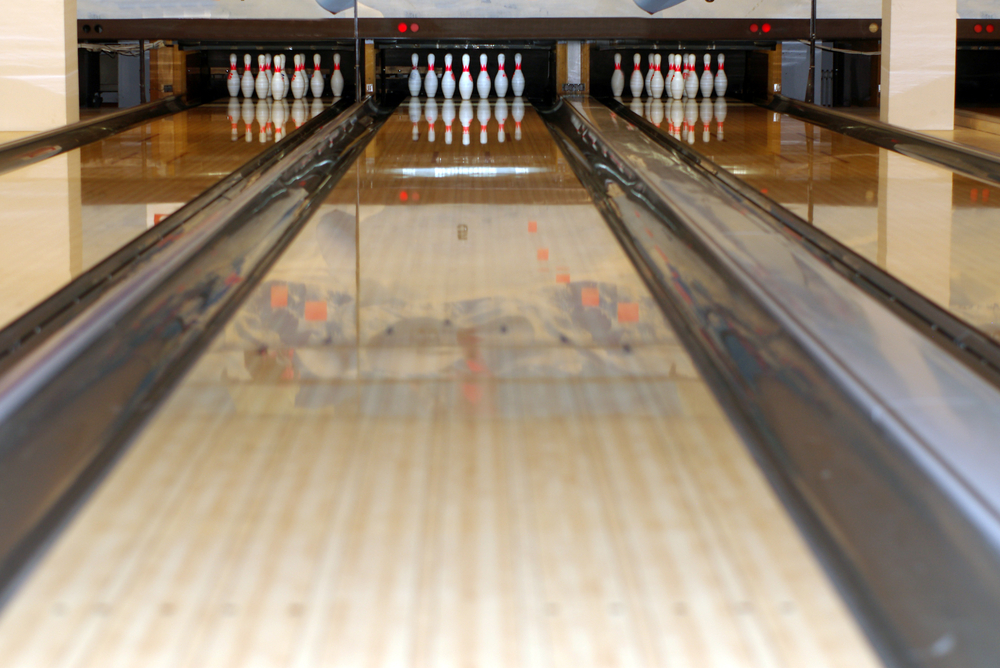
If you've ever been to a bowling alley, you've probably noticed the two slots on either side of the lane - the gutters. While they may look like simple design features, they serve a fundamental purpose in the game.
In this article, we'll take a closer look at gutters and tell you everything you need to know about them.
Contents
Gutters in Bowling and Their Purpose
What is a bowling gutter? The gutters in bowling are the two pits, one gutter on each side of the lane that runs the entire length of the lane. Their purpose is to catch bowling balls that roll off the lane.
Without them, balls would fly off the lane and into the surrounding area - which could be dangerous. You'd also have to go and get your bowling ball every time it doesn't hit the pins.
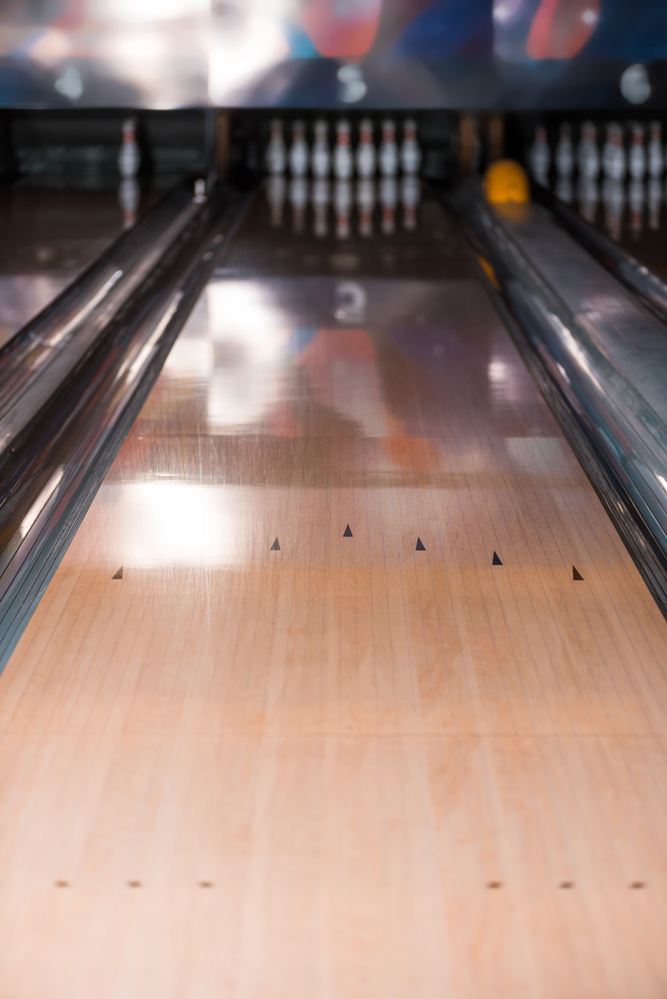
Is It Bad for Balls to Go in the Gutter?
In bowling, it's bad when balls go in the gutter. When your ball enters the gutter and doesn't hit any pins, it means you've rolled a "gutter ball," which counts as zero points. Since the object of bowling is to earn points by knocking down pins, you don't want to roll any gutter balls.

What Is Another Name for Gutter in Bowling?
Gutters are also known as channels. However, when you speak casually about bowling with friends, you'll probably refer to them as "the gutters."
Why Do Some Balls Go in the Gutter?
Do you often roll gutter balls? There are several possible explanations for that. In this section, we'll tell you several reasons why your balls go in the gutter:
- You released the ball too early or too late. When you bowl, you should release the ball when it reaches eye level. If you release it too late, it will bounce onto the lane and go any which way - there's a high probability of a gutter. If you release it too early, it could lose speed, veer off to the side, and quickly end up in the gutter.
- You didn't put your fingers in the right holes. If you're not holding the ball correctly, your release will be incorrect, and your ball's trajectory will be uncertain.
- Your ball is too light or too heavy. If your ball is too light, it will lose speed quickly and likely end up in the gutter. If it's too heavy, it will be difficult to control, and you might not be able to keep it on the lane.
- Your aim is off. If you aim too far to either side of the bowling lane, you will likely get a gutter ball.
- You're a beginner. When you first start bowling, rolling a few gutter balls is normal. With time and practice, you'll learn how to bowl better and will be less likely to get a gutter ball.
There are loads of factors that can contribute to gutter balls. In the next section, we'll give you some tips on how to avoid them.
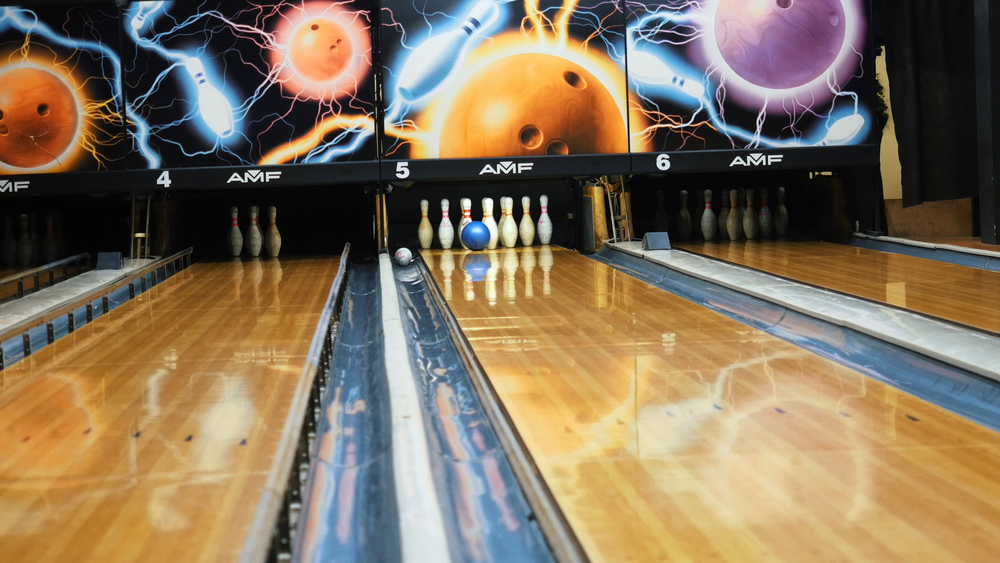
How to Avoid Gutter Balls
We all want to avoid gutter balls, but how exactly do you do that? There are a few key things to keep in mind to keep your ball on the lane instead of in the gutter, and they include:
- Aim for the middle of the lane. Aiming for the middle of the lane is key because your ball is more likely to go into the gutter if you don’t. If it's difficult to do now, that's okay. You'll get better and better over time with practice.
- Use the proper form. Good bowling form is essential to avoiding gutter balls. When you're bowling, stand with your feet shoulder-width apart and keep your knees slightly bent. You should also hold the ball with your middle and ring fingers in the top two holes and your thumb in the bottom hole and release the ball at eye level while the opposite leg is bent.
- Use the right ball. For a beginner, using a lighter ball is best until you get the hang of bowling. If the ball is too heavy, it will be difficult to control, leading to a higher incidence of gutter balls. Start with a ball that's 10% of your body weight or less - bowling balls come in weights ranging from 6 to 16 pounds. You should also stick to plastic balls when you're first starting. Urethane and reactive resin balls hook and curve easily, making them hard to control.
- Follow through on your shot. This means that your hand should continue moving in the direction of the pins you're after, even after you've released the ball. This will help ensure your ball stays on track and doesn't end up in the gutter.
- Use a ball ramp. If you're a child, senior citizen, or have a disability that prevents you from throwing the ball the traditional way, you can use a ball ramp. A ramp is placed at the front of the lane and allows you to roll the ball without having to throw it. This is an easy way to bowl without worrying too much about gutter balls. Though, you can still get a gutter ball while using a ball ramp.
- Use bumpers. Many bowling alleys have bumpers that can be placed over (or right next to) the gutters to prevent the ball from going into them, or a railing is used to keep the bowling ball on the lane surface. Bumper bowling is a great option if you're bowling with children or are a beginner. You will need to request the bumpers from the staff at the front desk. Just know that if you use them every time you play, it could stifle your progression in the sport. To get the most use out of bumpers, try not to hit them with the ball. That’s the only way they’ll truly be helpful.
With the above tips in mind, you should be well on your way to avoiding gutter balls. But be prepared – progression is not instant.
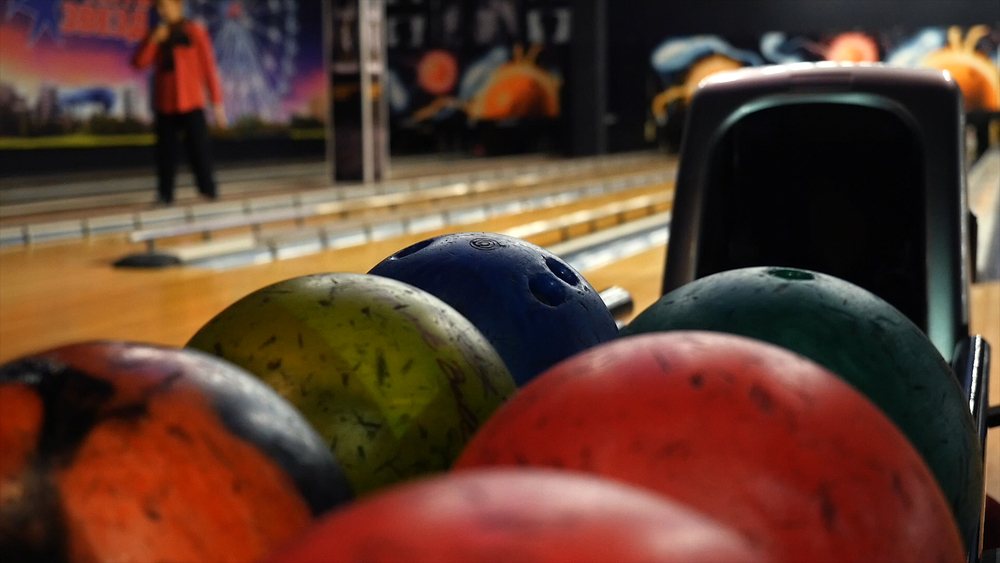
Other Bowling Terms You Should Know About
Besides "gutter balls," there are a few other terms you should know about before you hit the bowling alley:
- Strike: When the first ball knocks down all ten pins
- Spare: When you fail to knock down all the pins with your first ball and knock down the remainder with the second ball.
- Turkey: Three strikes in a row.
- Split: A situation where the bowling ball knocks down one or more pins and leaves pins standing on both sides of the lane. Splits are more challenging to pick up than other pin configurations.
- Open frame: A frame where there's neither a strike nor a spare.
- Pocket: The lane area between the one and three pins (for right-handed bowlers) and one and two (for left-handed bowlers). Hitting the pocket drastically increases your chances of hitting a strike.
This is not an entire list of bowling terms, but it's a good start. Keep these terms in your vocabulary bank - you'll now be able to understand much of what's going on when you head to the bowling alley.
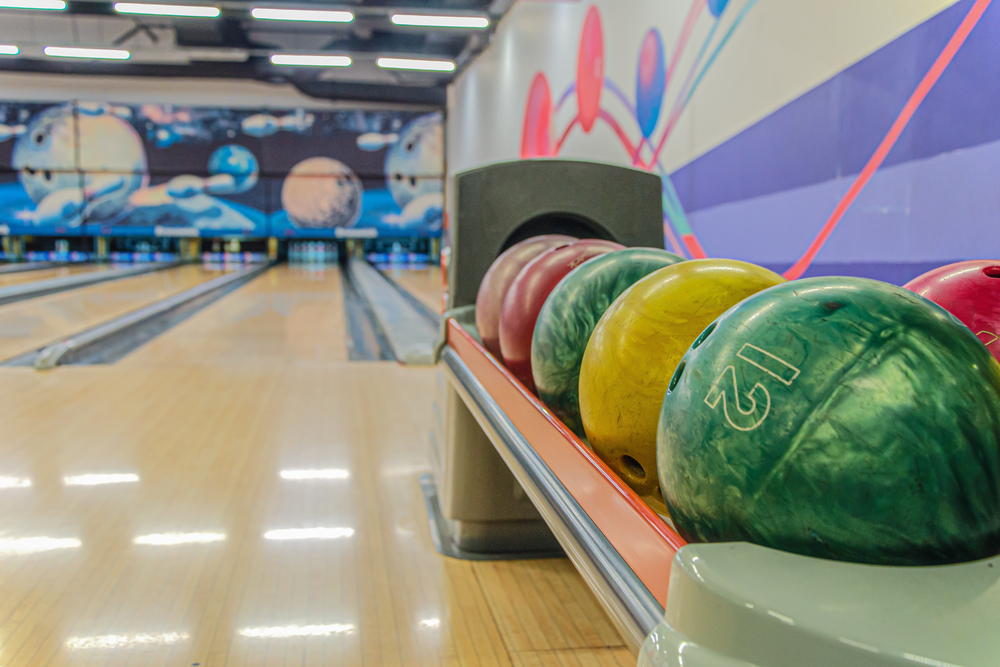
Professional Bowlers Roll Gutter Balls
Related Articles
Now that you know more about gutters in bowling, we hope you understand the game better and are less likely to end up with a gutter ball. If you have any questions while on the lanes, don't hesitate to ask a staff member at your local bowling alley.
Chances are they'll be more than happy to help you out. We hope we've answered all the questions you have about gutters in bowling, and we wish you the best as you continue to learn about the game. Good luck and have fun!
Kira Byrd, a Certified Fraud Examiner, holds a B.S. in Accounting from the University of Alabama at Birmingham. With a passion for bowling from her childhood, Kira has poured her expertise and personal experiences into creating and nurturing Bowling For Beginners. Kira's mission is to meet new bowlers where they are and guide them toward consistently achieving higher scores. With a focus on skill development and strategic techniques, she empowers readers to take control of their game and unlock their true potential.
Bowling For Beginners embodies strict editorial integrity, ensuring reliable and unbiased information. Kira's commitment to delivering valuable insights and practical strategies is reflected in every article. Here's an explanation of our editorial policy and how we get money.





